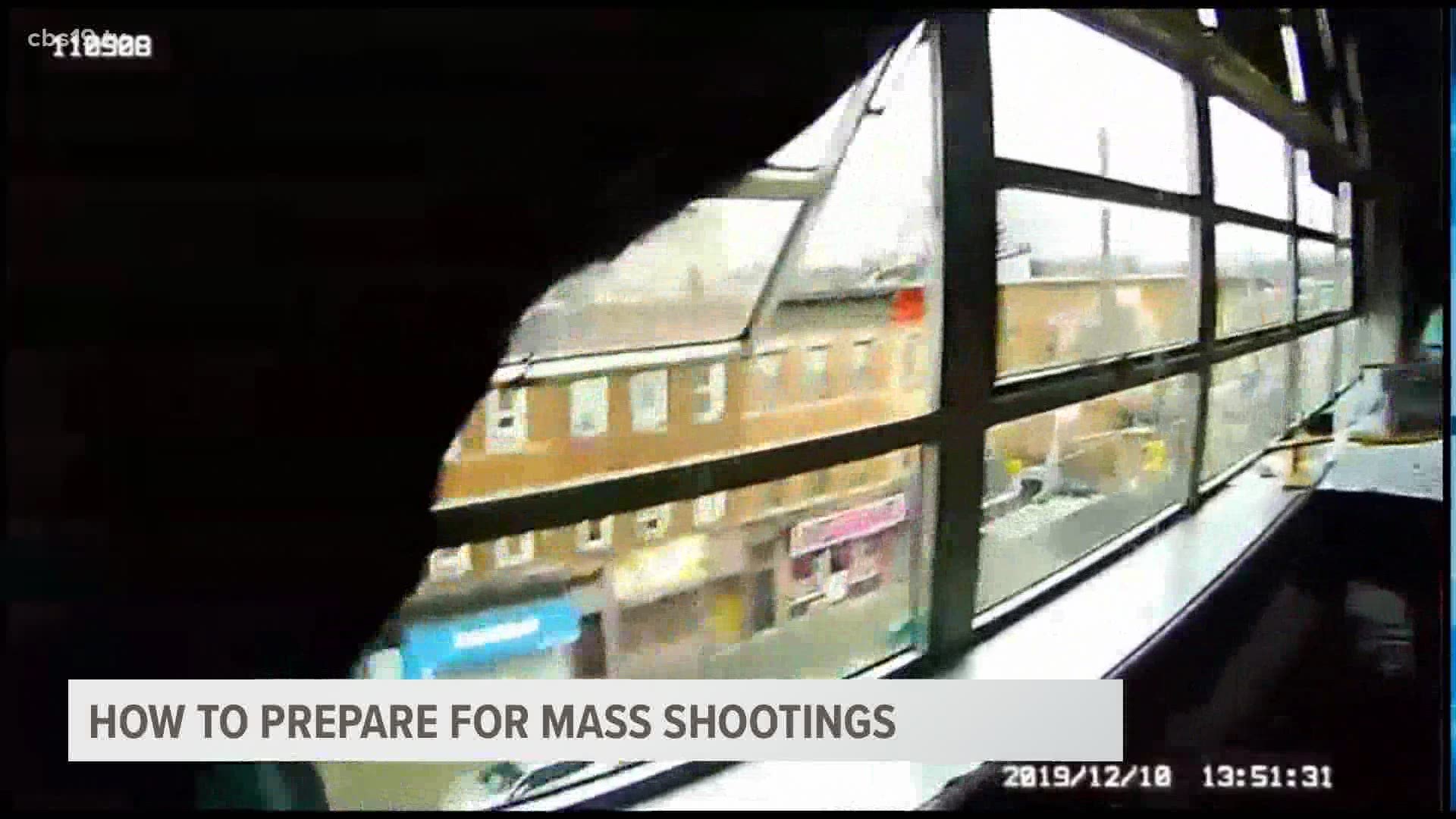TEXAS, USA — In April alone, there have been three mass shootings in Texas. These deadly events can happen anywhere at any time.
Mass shooting researcher and behavioral analyst, Dr. Rebecca Cowan, explains what mass shooters have in common.
“We usually find that these individuals have trauma in their background, whether it's a death of a parent when they were a child or child abuse, or perhaps they were bullied at school,” she said.
Lieutenant Nick Stewart with the Nacogdoches Police Department explains how to prepare for one of these events.
"I see a lot of people, they walk around on their phones looking down, they don't see what's going on around them," he said. "So if I could say, the best preventative measure would be to be observant and know your surroundings.”
Another example would be checking for exits when you’re in an unfamiliar place, or learning your colleague's mannerisms so you’ll notice when something isn’t quite right.
“Something that we teach in law enforcement is if it's 103 degrees outside and somebody’s wearing a heavy coat, that's not normal mannerisms, for the general motoring public," Stewart said.
In a situation as stressful as an active shooting, it can be easy to freeze up and forget what you’ve learned. Stewart has a solution for that, it’s a process called the “OODA Loop:" Observe, Orient, Decide and Act.
“Observe the action, orient your body towards it, make a decision on what you're going to do, and then carry out that decision," Stewart said.
He also says practicing this handy acronym through drills at school or at work can help ensure that when needed, your body goes into autopilot and you don’t even have to think about what to do. You'll just know.
Nick Stewart's final message was to those who are licensed to carry. He urges this community to get professional training beyond what might’ve been passed down through the family, and agrees that handling a gun without proper training can be just as dangerous as not having one at all when you may feel like you need it most.

